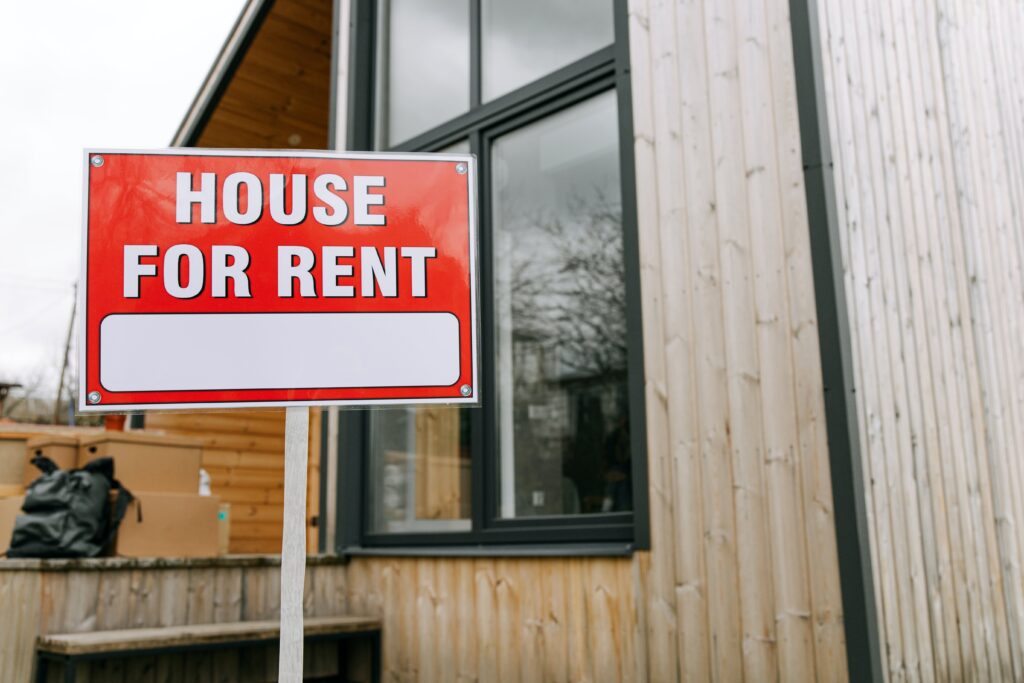Opinion: Amherst’s Dual Crises

Photo: pexels /public domain

Amherst has not one, but two housing crises. One is the scarcity of student housing that has driven rent increases for everyone. The other is the related paucity of family housing that is making Amherst too expensive for workforce families, including new academics. In part, this is a reflection of a national housing shortage, fueled by investors seeking high returns in real estate, construction slow-downs due to COVID-related issues, and high interest rates. And, in part, it is because of the strains on the housing market generated when a fast-growing university of 30,000 is located in a town with 17,000 permanent residents. Failing to acknowledge this, UMass has been passing on its need for more student lodging to the town, and investors are seeking to cash in by purchasing single family houses at well above the asking price, and converting large, older housing stock into duplexes, triplexes and rental condos.
The result: the percentage of houses that are owner-occupied in Amherst (46%), is 20 points below the national average. This has dire implications for the long-term viability of the town, especially as it prepares to spend $150M on a new school and library renovations. Many of Amherst’s permanent residents are older, its tax rates and school system problems have decreased the town’s appeal for new families, and, coupled with the decreasing birth rate, one must wonder what will become of town if the percentage of homeowners continues to fall.
Broadly speaking, there are structural problems in an economy that over-rewards investment in real estate. It consolidates wealth into ever-fewer hands, especially when coupled with the repeal of the estate tax. It siphons capital away from the stock market, where investment would fuel research, innovation and productivity. It makes life harder for many families that are now paying in excess of 30% of their incomes on housing, and paying that percentage of income in rent makes accumulating wealth for a down payment for a house purchase – or building equity of any sort – impossible, exacerbating racial and class inequality.
Solving this crisis locally is complicated by some in town government who believe that students should not be distinguished from others in town. DEI (diversity, equity, inclusion) is something most in Amherst vigorously support, but the assertion that students, regardless of race or ethnicity, as a group, need special protection under DEI reckoning hovers between being disingenuous and specious. Failing to acknowledge that students are a unique cohort in the population ignores basic facts of biology and sociology, as well as the privileges already afforded to them by the town and colleges.
Humans in their late teens and early twenties have different needs and predilections than older adults. It can be fairly said that their sleep patterns are shifted into the night; sex drive is higher; impulse control is not fully developed; and risk-taking is amped up. There are heightened needs for social contact and “belonging”. Conforming to norms of behavior and standards of decorum are less firmly inculcated or preoccupying. This translates into an array of behaviors that play out as disruptive for the non-students living in close proximity.
The argument that students should be included in Amherst’s DEI initiatives also ignores the perks of college life in Amherst. There are tens of thousands of student vehicles using Amherst’s streets and roads without paying any excise taxes to the town for their maintenance. Amherst’s 17,000 permanent residents are literally giving a free ride to tens of thousands of students with cars. It doesn’t recognize that students have gyms, playing fields, community spaces, libraries, performance venues, etc. on campus that are largely or solely for students’ use. It ignores the fact that students do not have a lifetime of accumulated stuff, and even if they do, it is typically stored by their parents; they don’t need the basement or attic of a rented house or apartment in Amherst.
It is easy to express abstract concerns about applying DEI to students for people who do not live in neighborhoods where investors are converting family houses into student rentals. They do not have to worry about the house next door being carved into multiple apartments. They are not awakened by partying. Their neighbors do not park, pee, or leave litter on their lawns. Unfortunately, this includes the majority on Town Council. Opining about how Amherst should welcome the single family, duplex and triplex conversions to student housing in which bedrooms go for $800-$1400/month because it will solve our crisis, might be described most charitably as being naively idealistic. Collecting baseline data on where students live, who owns those properties and how much they charge would be the necessary first step toward effectively dealing with student housing issues, but Town Council refuses to even do this. It is quite possible that including students in DEI concerns makes solving those problems for non-students even more difficult.
Amherst is on the cusp of an existential, all-hands-on-deck crisis. The potential for UMass for students to work as interns on town projects like building a housing data base is going untapped. However, there are encouraging recent local developments – there have been increases in the stock of apartments, on the UMass campus and off, and plans for more. Solutions, however, must go beyond converting single family houses to student rentals, or even building or converting more rental units for managers to manage and investors to enrich themselves. We need to prepare for a long haul. Those solutions will not be easy locally or nationally, they will take years to implement, buy-in from disparate groups, and they go to the core of our economy, our tax system, and the values we hold in esteem and reward.
John Varner is a resident of Amherst’s District 3.

When do we have enough apartments being built ?
Who has their hand on that data ?
I don’t think anyone knows, and we keep allowing apartments to be built .
Not to express the obvious, but we will never build enough apartments or houses. That is a cup that will overflow no matter how big it gets, thanks to an evergrowing student demand. That is only a crisis for Amherst as long as we accept it. Who says it is ours alone to bear? The University has plenty of land to build housing, and so do surrounding communities. They just don’t want to do it there, and who can blame them if we will.
The Town has always taken advantage of those human resources available locally, many from the University, and membership on the Planning Board is no exception. Some members have served double duty on both Town and University planning committees, even as Chairs. At what point does that advantage turn to a conflict, even if just a percieved one?
The Town has bumped up against the limits to growth. There is not much buildable land left, and it seems something needs to be torn down in order to build anything new. If we build it, they will come. With a new overlay district proposed for University Drive allowing more student housing, they will certainly come. But, the University is planning for a 15% increase in enrollment over the next few years and expecting the Town to do more, We probably will. We are chasing the dragon we will never catch.
The University will keep on pushing, I suppose rightfully so, for their own interests and keep on growing. Someday we may be known as Amherst at UMass instead of the other way around. I know there is a buck to be made here for someone, but not for the majority of taxpayers. We just catch the brunt. Who in town can say all of that fresh development downtown has cut their taxes as promised? Who is pushing for the town’s (small “t”) interest ?
The land to the west of University Drive has been a write-off for years. No one is going to build a house there. Right now there is a glut of retail space in Amherst and Hadley. It would be a good place for more student dorms or apartments – close to shopping and the university, away from other housing, room for parking, and any additional traffic would not be traveling through town.
The entire University Drive area is low and level, much of it wetlands or bordering wetlands, and much of it now paved with impervious surface or covered with structures. There’s an environmental limit to what can be built there: with stronger storms and ever-less place for surface water to go, that area will be more frequently prone to flooding.
If one is serious about housing more folks there, that would entail less pavement and taller structures; however, building the latter is also very challenging because the deep clay subsoils there requires larger, more complex foundations to support the their load….